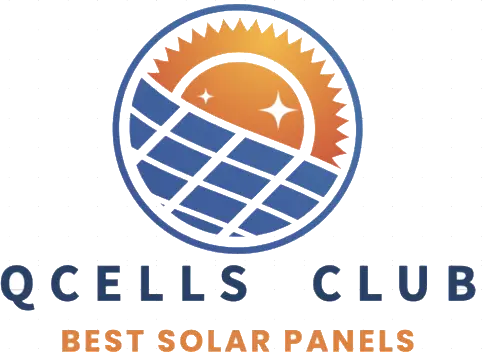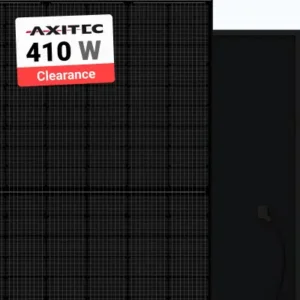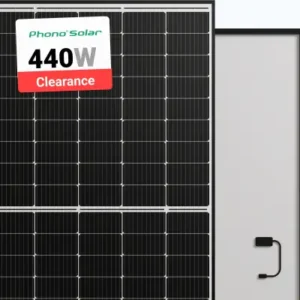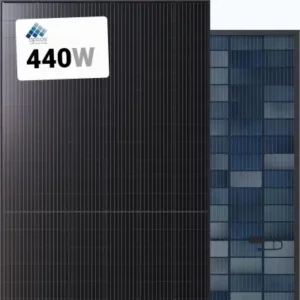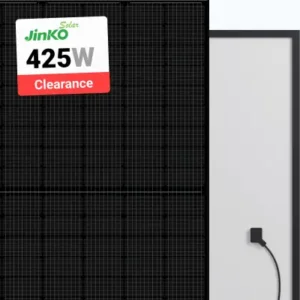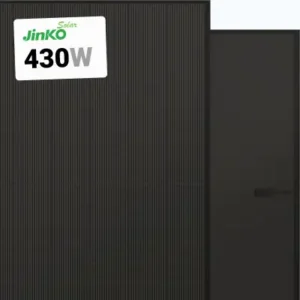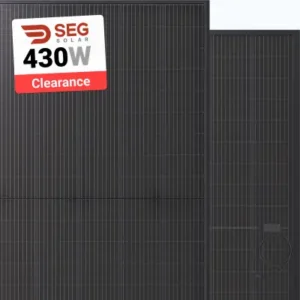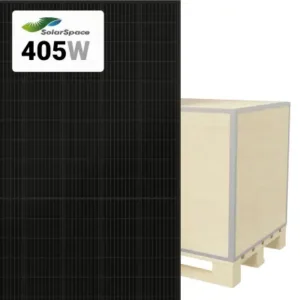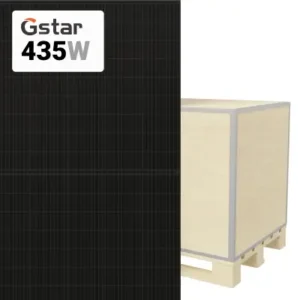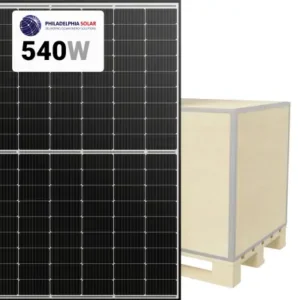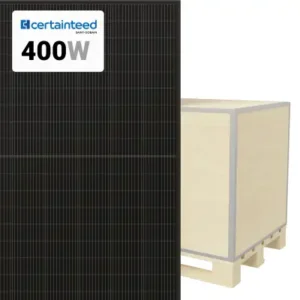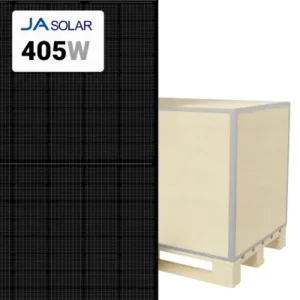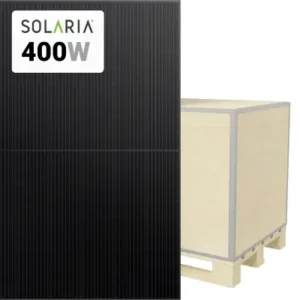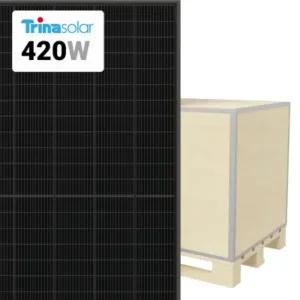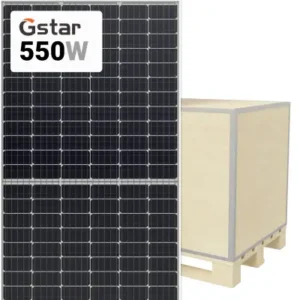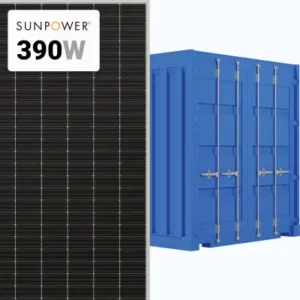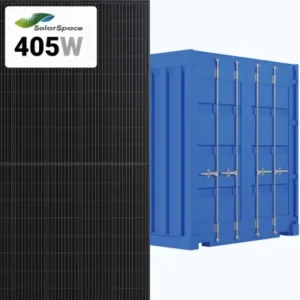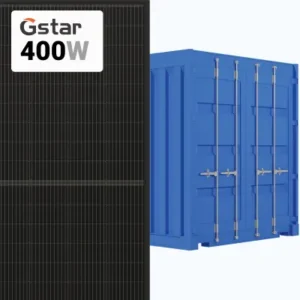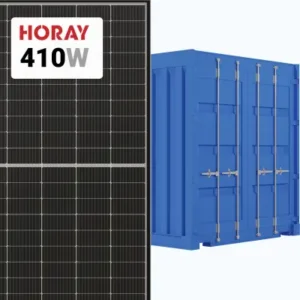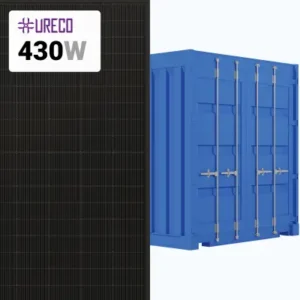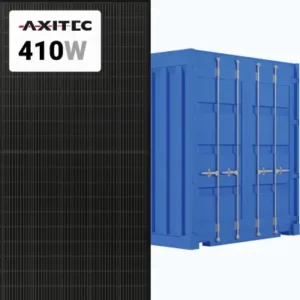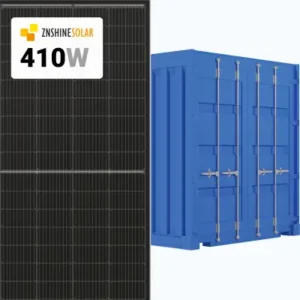Time for a company with an interesting history. Initially German, this is a Korean brand now and it became one of the world’s biggest solar manufacturers. Their panels are modern, high quality and relatively inexpensive. Hanwha Q CELLS is the name and this article is a short review of the brand and its panels.
About Hanwha Q CELLS
Q CELLS started out as a German company that was founded in Thalheim in 1999. Despite the early success, it filed for bankruptcy and eventually was bought by Korean Hanwha group in 2012. Since then things have been going well: Hanwha Q CELLS consistently makes the Top-10 of the world’s largest solar brands. It is ranked Tier 1 by Bloomberg which means the company is financially stable. It has over 8,500 employees and production and engineering facilities in Malaysia, Germany, China, USA and Korea.
Hanwha solar panels for sale
Quality And Performance
Hanwha Q CELLS participate in global certification testing to ensure high quality of their products before putting them up for sale. Their own testing however is 2-3 stricter than global standards. Panels are guaranteed to be protected from Light-Induced Degradation (LID), Potential Induced Degradation (PID), hot spots development and product forgery.
Korean and German engineers of Q CELLS implement so-called Q.ANTUM technology in their product. It is an improvement on PERC technology that allows solar cells to harvest more sunlight and generate more energy. The use of multibusbars results in lower energy losses inside a module. Overall, Hanwha Q CELLS solar panels are modern and show great efficiency, much higher than average numbers on the market.
Warranty And Service
The warranty for Hanwha Solar panels ranges from 12 to 25 years.There is also a 25-year output warranty. The performance of a Hanwha Q CELLS solar panel doesn’t drop below 98% in the first year. By the end of the year 25 your PV modules should retain over 85% of their power, which means that their degradation rate is better than average.
What to look for when choosing a Hanwha Q Cell solar panel
When choosing panels, keep in mind their purpose and conditions that they will be working in. Pay close attention to:
- Power output. 300-350W panels are generally used for residential systems. You can go for more powerful modules, but keep in mind that they usually have more cells, therefore they are larger and harder to fit on the roof.
- Cell number. 60 or 120 cell panels are best for home systems. They are the same size, because of the use of the half-cut cell technology. 72 or 144 cell panels are generally used for commercial, ground-mounted installations. They are larger, but more powerful.
- Dimensions. Plan your installation ahead so that you won’t run out of space.
- Efficiency. The higher it is, the better.
- Price. Hanwha solar panels are considered to be in the middle of the price range — maybe slightly on the cheaper side. Half-cut cell panels are a bit more expensive than normal, but they are more efficient, durable and shading-resistant as well.
FAQ
Q.: How many panels do I need?
A.: The size of your solar system depends on your electric needs. Take your last electricity bills, figure out your average monthly consumption and calculate your daily consumption. The production of your array depends on the number of peak sun hours in your area — the number usually ranges from 4 to 6. One panel produces in a day its power output multiplied by peak sun hours. Do the math and you’ll understand how much solar power you need.
Q.: Are Hanwha Q Cell solar panels afraid of harsh weather?
A.: Solar panels usually withstand extreme weather conditions quite well. However, if you expect to endure tornadoes and hurricanes often, then you should specifically pick panels with high mechanical tolerance. Not all of Q CELLS panels are equal at surviving harsh winds — for example, their high-output commercial modules are pretty average at that.
Q.: Can I use these panels for my camper van?A.: Most certainly. Pick sturdy panels and keep in mind that they will probably perform at 70-80% of their capacity — RV moves around a lot and panels can’t always face the sun.
Articles to help you learn about watt consumption
How Many kWh Does a House Use?
Understanding how much electricity a household uses is key to managing energy bills and improving efficiency. This article explores the average kilowatt-hour (kWh) consumption of homes, factors that influence energy usage, and practical tips to reduce overall consumption, helping you save money and energy.
Complete article: How Many kWh Does a House Use?
How Many Watts Does a Washing Machine Use?
Washing machines are essential appliances, but how much power do they really consume? This article examines the average wattage of different washing machine models, the factors that affect their energy usage, and provides tips on how to use your washing machine more efficiently to save on electricity.
Complete article: How Many Watts Does a Washing Machine Use?
How Many Watts Does a Router Use?
Routers are constantly running to keep our devices connected, but they use relatively little power. This article details the typical wattage of routers, factors that can influence their power consumption, and ways to optimize their energy efficiency to keep your home network running smoothly without wasting electricity.
Complete article: How Many Watts Does a Router Use?
How Many Watts Does a Light Bulb Use?
Light bulbs come in various types and wattages, each affecting energy usage differently. This article covers the average wattage of incandescent, LED, and CFL bulbs, how their efficiency compares, and tips for choosing the right light bulbs to save energy and reduce your electricity bills.
Complete article: How Many Watts Does a Light Bulb Use?
How Much Electricity Does a Treadmill Use?
Treadmills can be energy-intensive fitness machines. This article provides insights into the average power usage of treadmills, factors that influence their energy consumption, and tips on using your treadmill efficiently to manage your energy costs while maintaining your fitness routine.Complete article: How Much Electricity Does a Treadmill Use?
